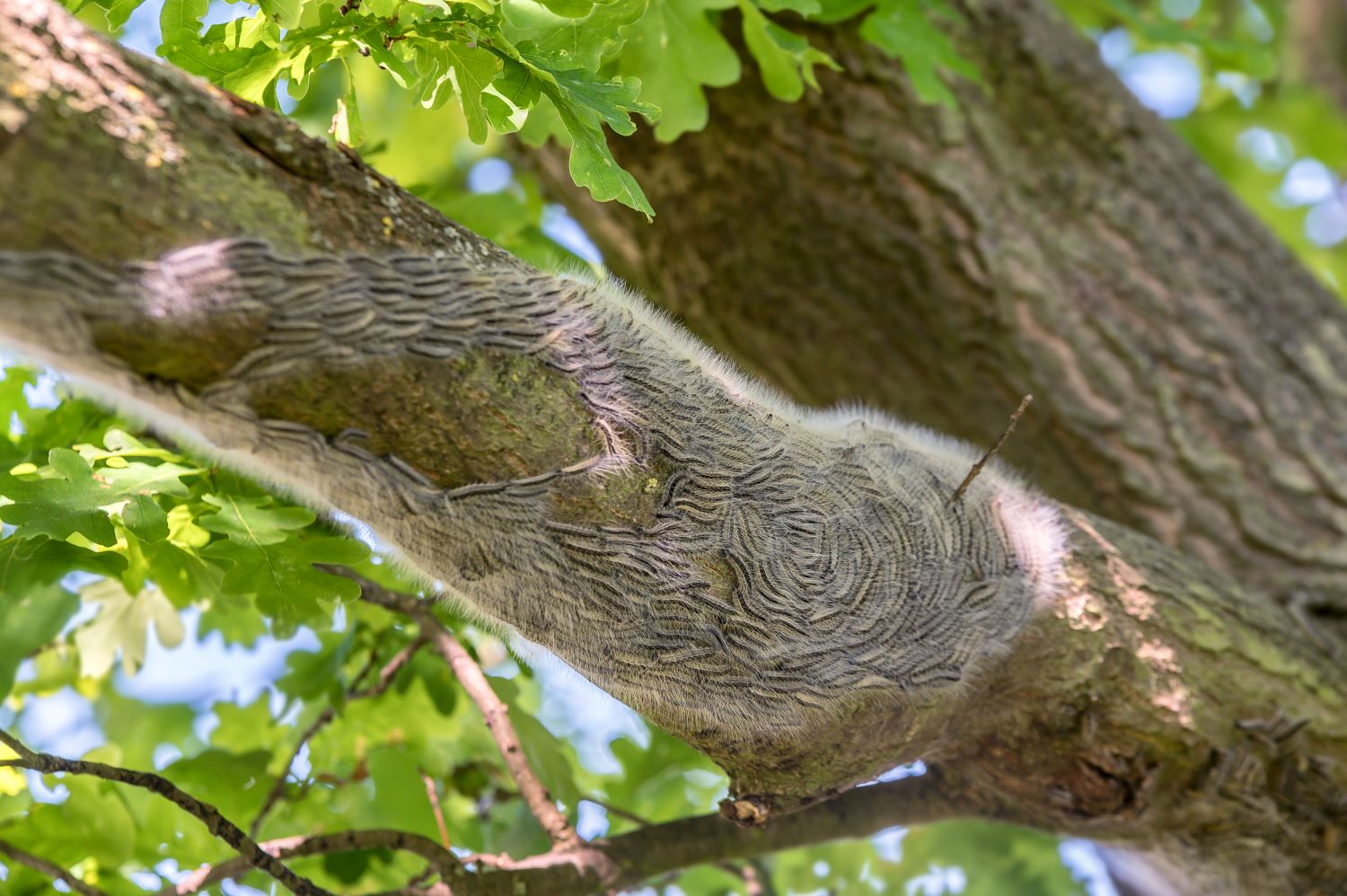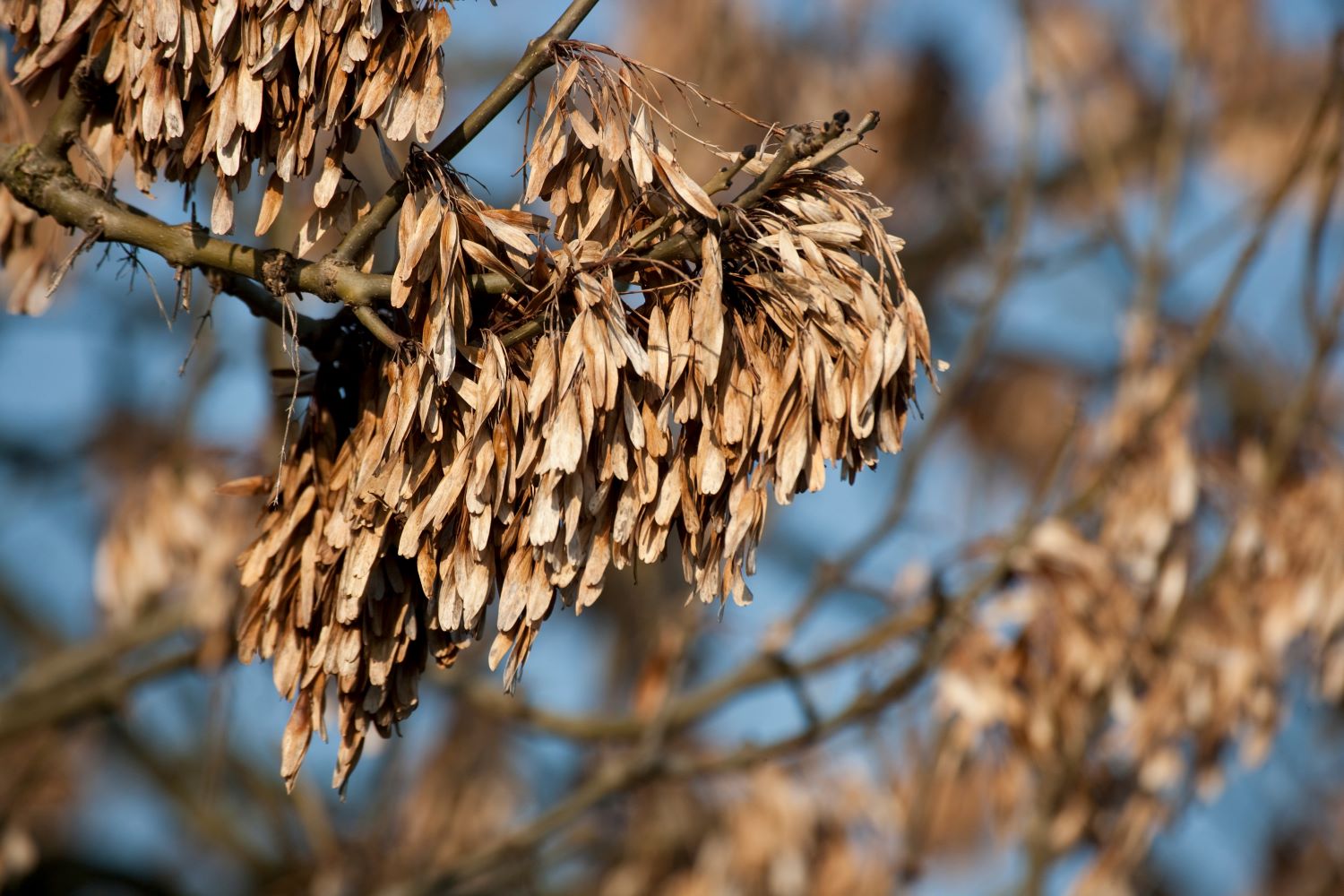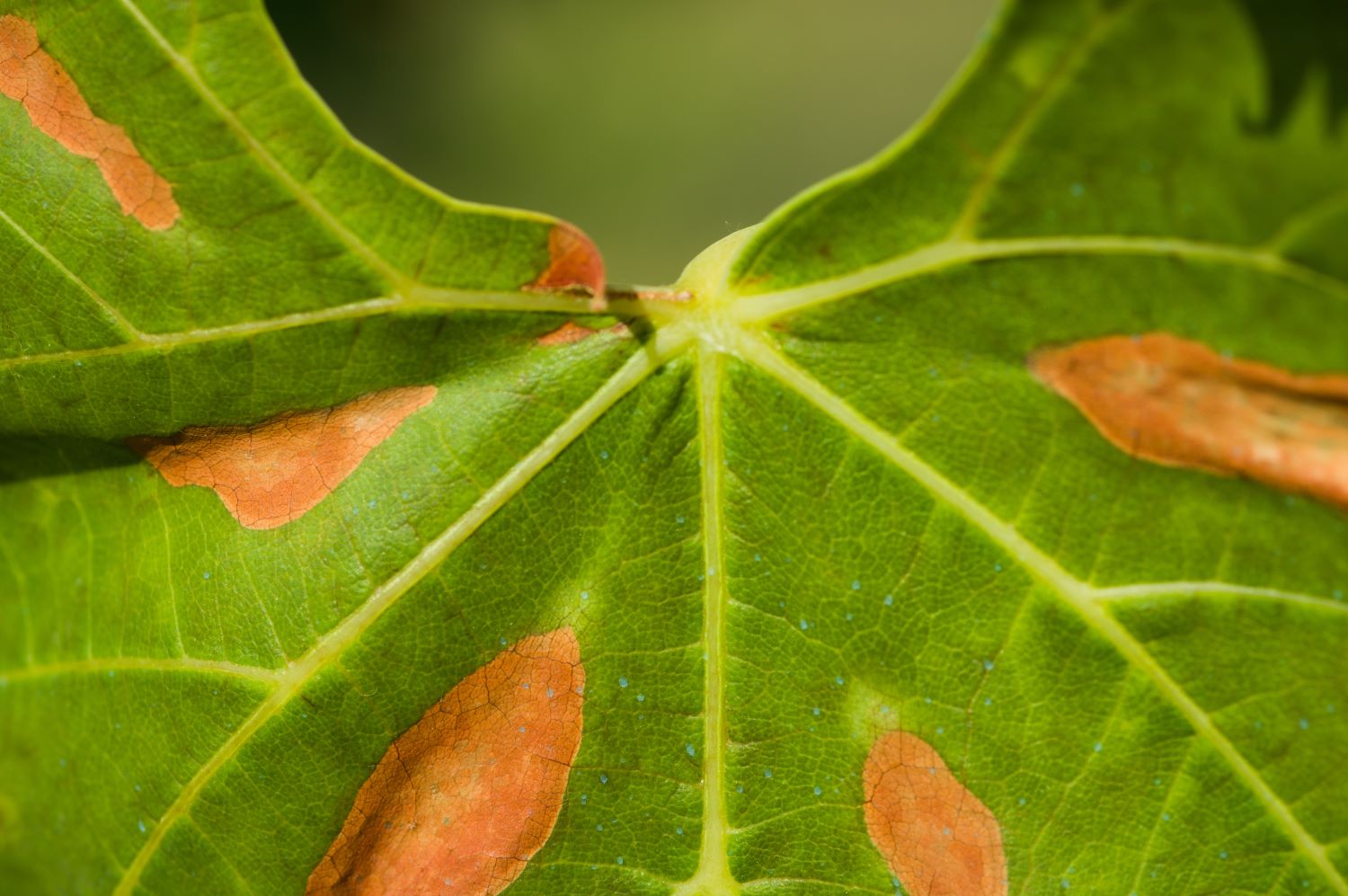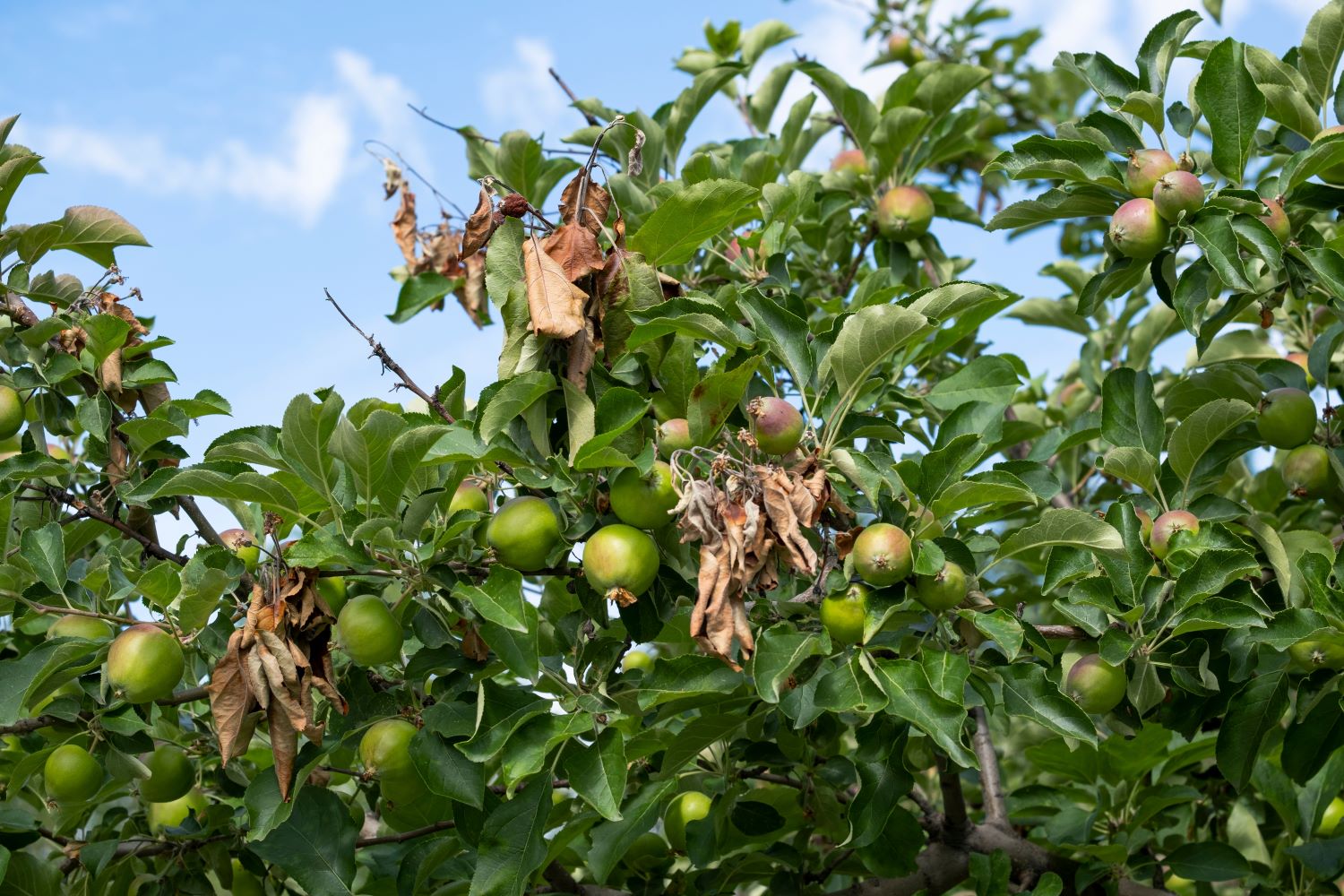Understand more about the pests and diseases that are affecting British trees and what Hillier are doing to support our clients when selecting trees.
OPM – Oak Processionary Moth
OPM was first identified in 2006, London, and has spread to some surrounding areas. As the name suggests, caterpillars move in processions where they form long lines following one another in a nose-to-tail manner. They create silk trails and build nests on the branches and trunks of trees. Once they have emerged as moths, they’ll spread from one tree to the next.
Read More
Ash Dieback
Ash dieback, scientifically known as Hymenoscyphys Fraxinus, originates from Asia and poses a severe threat to ash trees. While it doesn’t cause significant damage on its native hosts, it has had devastating effects on European ash trees. This destructive disease, also known as Chalara, has rapidly spread across Europe and various parts of the world.
Read More
Xylella Fastidiosa
Xylella fastidiosa, commonly referred to as Xylella, is a bacterial pathogen that poses a significant threat to various plant species around the world. It infects the xylem. The water-conducting tissues of plants, leading to blockage of water transport and ultimately causing severe damage or death to infected plants.
Read More
Fireblight
Fireblight is a bacterial infection that infects apples, pears, Cotoneaster, Hawthorn, Photinia, and related ornamental shoots. It is less common in the Prunus species. The initial detection of this disease in a UK pear orchard in 1957, was an accidental introduction from North America. Presently, the disease is active in England and Wales, extending its reach up to the northern regions of Scotland.
Read More
